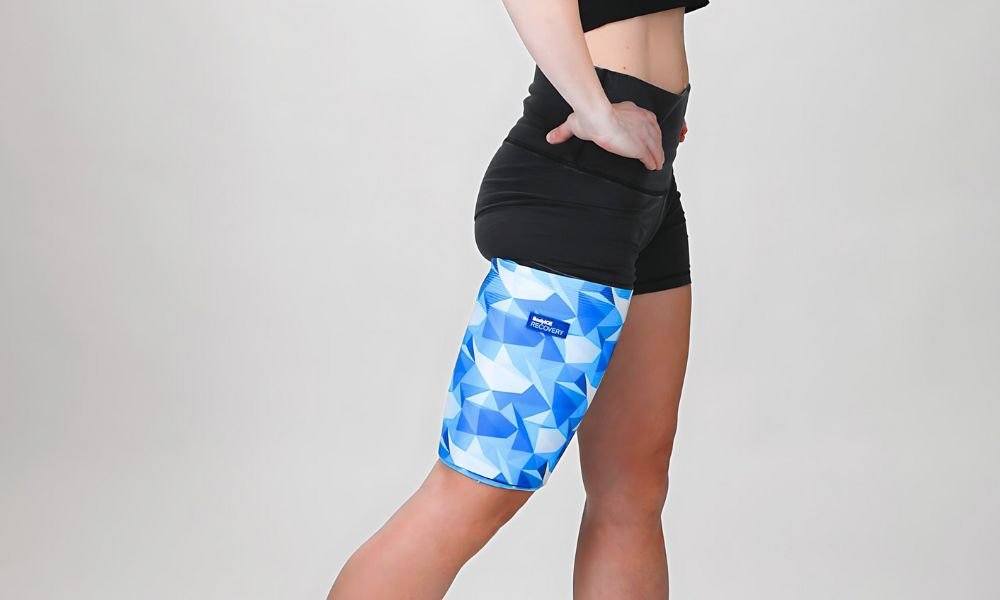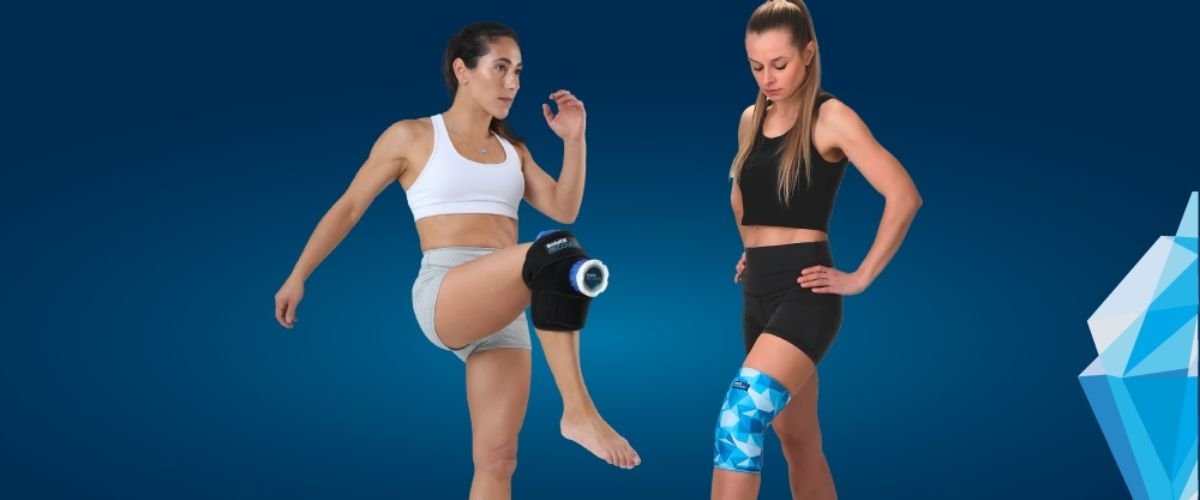Top Tips For Injury-Free Running
Running offers a myriad of health and wellness benefits. It is often documented that good physical conditioning through regular exercise (along with good diet) is simply the best, most natural, and least-expensive way to keep our bodies healthy, functional, and productive. And not only can running do wonders for us physically, but it also provides a long list of enhancements to our mental and emotional well-being: Better mood; enhanced creativity and problem-solving skills; lowered risk of depression and anxiety; and an overall sense of relaxation and better ability to cope with stress.
Arguably, the biggest advantage to running as a form of regular exercise is that you can do it any time of year, and literally anywhere: There is even a marathon that takes place in Antarctica! Another great thing about running is that it doesn’t require a specialized skill – everyone does it naturally – and it can also be done with a minimal amount of equipment.
There’s a unique sense of freedom and accomplishment that running imparts. It’s a great way to explore the world, be it your own town or the other side of the world. On foot, you see, hear and smell things you never would in a car, train, or bus. If you’ve traveled to another locale for a “destination race,” you know that a 10K, half/full marathon, or triathlon in an interesting place can create a lifetime of memories.
If there’s a downside to running, it’s that all the pounding can take a toll, particularly on the lower extremities. Fortunately, there are some common-sense tips you can use which will go a long way toward helping you stay out on the road or trail, and off of the couch or recliner. We will explore some of these below, and hopefully they will allow you to find some new strategies to help minimize your risk of injury.
Proper Footwear
The importance of correctly fitting footwear cannot be overstated. There is nothing quite as miserable as running in the wrong shoe. With the exception of a lucky few, most of us have experienced the frustrating trial and error involved in trying to find the right model. If you’ve found something that works well for you, congratulations; if not, an ideal place to start is a running specialty store. (If one of those is not available, look for a good athletic store with salespeople who have knowledge specific to running – examples might include a triathlon shop or an outdoors store that carries hiking and trail-running gear).
At a running store, a salesperson can evaluate fit, your gait, and the wear pattern on your old shoes to arrive at suggested options. Ideally, they will watch you run inside the store or out on the sidewalk; this serves two purposes: the first is to evaluate your footstrike, and the second is for you to feel the shoe in action. When you’ve arrived at a choice, don’t neglect the final step: Before going right out and running in them, wear the shoes inside the house for a couple of days. This way, you can make certain there are no fit issues that turn up with a longer wearing, and if there is any problem it will be much easier to exchange a pair that hasn’t been worn outside.
The right pair of shoes will provide the cushioning and support needed as the foundation for an injury-free running experience. A common rule of thumb is to replace shoes roughly every 500 km: Since the mid-soles of almost all shoes are made of the exact same material, they will typically all wear down at a predictable rate, regardless of brand or price. As most runners know, you can feel when a pair starts to wear down, and when you begin to have pain from old shoes it’s definitely time to replace!
Warming Up
A common mistake many of us have made as runners is the pain, and sometimes even injury, we’ve brought upon ourselves by not properly warming up. Our bodies were not intended to go from sitting to running at full speed, but it is often easy to forget this in our quest to go out and set a new PB. Gentle jogging, or even walking, slowly acclimates the body to the intense demands about to be put on it. Like knowing when you have the “right” pair of shoes, knowing when you’re warmed up becomes almost a sixth sense.
The Right Terrain
Since running is stressful on the joints, choosing the right terrain can be a challenge. For those lucky enough to live near dedicated running paths (dirt, gravel, cinders, etc.), that is generally not a worry. However, for many, especially those in urban areas, picking a running route can often be a choice between the lesser of evils. Concrete is generally considered one of the hardest and therefore least-desirable surfaces to run on, but since it’s what most sidewalks are made of it’s often the default choice. This is where the right pair of shoes comes in: A good pair of well-cushioned, fresh shoes will go a long way toward neutralizing a less-than-ideal running route.
Don’t Be Afraid to Walk!
An unfortunate misconception about running is that walking is “uncool” or even not allowed. Especially on longer runs, walking breaks can actually enhance overall performance by lessening wear and tear on the joints and muscles. There is even a run/walk program for marathons pioneered by Olympian Jeff Galloway which builds scheduled walk breaks into the race. Thousands of runners have successfully completed marathons, ultras, and shorter races using this regimen, and it’s been proven over and over again to cut down on injuries by breaking up the running stress with walking breaks.
Cool-down and Therapy
As we’ve learned above, running is physically stressful and requires proper body maintenance routines. The last piece of the equation is a proper cool-down, followed by addressing any joint or muscle care needs. Like with the warm-up, the body also needs to be cooled down. Slow jogging or walking followed by sustained, gentle stretching in various positions helps return us to a healthy non-active state.
Inflammation and mild tenderness are not uncommon after an intense run. For that reason, it might be wise to consider ice and/or heat therapy as an adjunct to your training and recovery program. Whether you need to reduce simple pain and stiffness or treat an acute or chronic injury, the BodyICE Recovery line of ice and heat compression packs offers an exciting new alternative to traditional ice and heat therapies.
For knee pain that can often result from running, the BodyICE Recovery Medium Universal is a great choice. If you’ve got leg or hamstring issues, the BodyICE Recovery Large Universal might suit you well. A wonderful advantage to the entire BodyICE line of products is their ease of use and portability; in fact, if your bucket list is adventurous enough, maybe you can use one after the Antarctica marathon and fill it with some ice from the South Pole!






Leave a comment
All comments are moderated before being published.
This site is protected by hCaptcha and the hCaptcha Privacy Policy and Terms of Service apply.